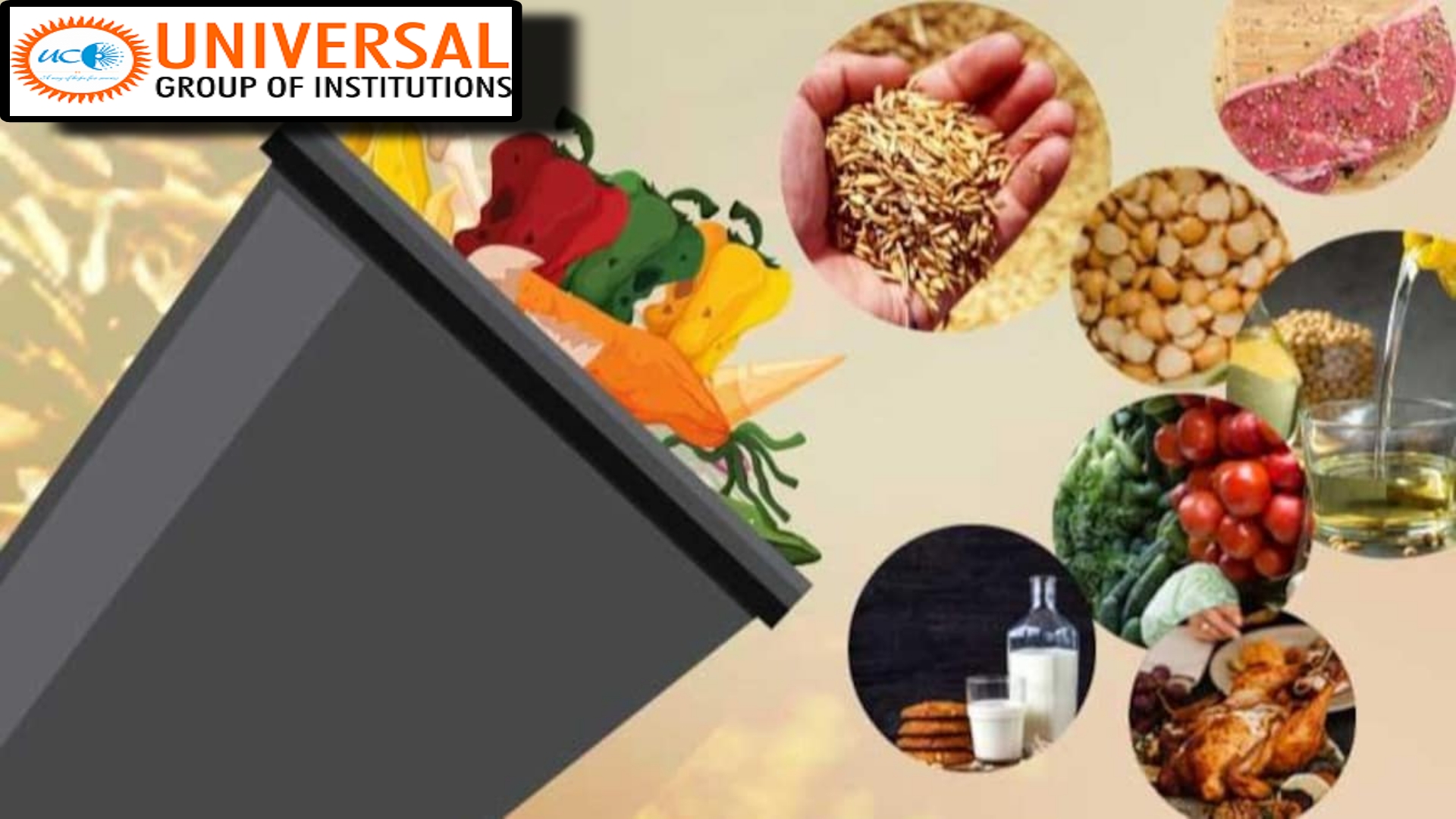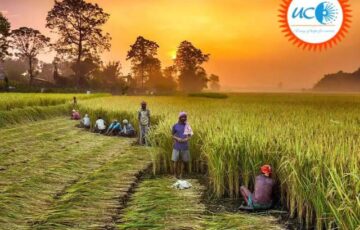Agro-Climate
Q. How far do you agree that cultivation of Agro-climatic specific crops and formalization of local food processing industries/units mitigate twin challenges of unremunerative farming and the problem of food wastage?
- The UN Food and Agriculture Organisation has highlighted that around 40% of the food produced in India is either lost or wasted. It is further estimated that the value of food wastage in India is around Rs. 92,000 crores per annum.
- The “Land and Livestock Holdings of Households and Situation Assessment of Agricultural Households” survey of NSO revealed average monthly income per agricultural household is Rs. 10218 in 2021.
- Crop income shares only 37% of farmer’s income and it is less than wage income of the farmer i.e., 40%. Data shows farmers as labour due to its income source. It shows the unremunerative farming in India.
Farmers in India mainly face two challenges like higher input cost and lower remuneration of the agri-produce. These twin challenges can be tackled by the practices of the regional cropping pattern as per the agro-ecology of the region and formalisation of local food processing industries/units to maximise the realisation of the value of the agri-produce.
- Crops as per Agro-climatic region: It has immense potential to reduce the input cost in the farming due to inherent qualities and advantage of the crops like:
- It reduces the inputs cost in the crops which could have been required if crops of the different ecological region have been grown in the different region like Rice in the drought prone region of Punjab and Haryana required immense irrigation facilities and subsequent drop in the water level may disturb the generational water equity for the future need.
- g., growing millets in the RAJ, PJ, HR and growing rice in WB, Odisha, and Kerala need very less input and highest percentage growth.
- It will reduce the chances of the uncertain change in nature like mysterious dwarfing disease hitting paddy crops in Punjab & Haryana (affecting height growth and yield), Changes in monsoonal rain patterns like (delay arrival, early withdrawal, low rainfall or rain pouring etc.) even when the same paddy crop is flourishing in the original agro-ecological region of the paddy and same is also true for the other crops.
- Increasing hybridisation and emergence of the genetic modified (GM) seeds, apart from being economic cost, these seeds bring farmers dependency on the Agri-corporates due to emergence of suicide seed, and threat to the Agri-ecology by the GM seeds. The preference to the regional crops with indigenous seed (they are more tolerant to the regional adverse climate and disease) the above-mentioned problem could be solved.
- The crops of different regions have large residual remains of the chemicals and bring rare diseases to the masses like cancer problems in the Punjab and increased the out-of-pocket expenditure on health and reduced the absolute income.
- The emergence of the competitive and marketing concept like Geographical indication in Agri-Products and produce, the regional and organic crops can be monetising at the lucrative rate even with little effort and increase the value realisation to the farmers. E.g. Manipuri Black Rice, Kandhamal Haldi Odisha.
- It reduces the inputs cost in the crops which could have been required if crops of the different ecological region have been grown in the different region like Rice in the drought prone region of Punjab and Haryana required immense irrigation facilities and subsequent drop in the water level may disturb the generational water equity for the future need.
Formalisation of local food processing industries/units (FPI):
- The Food Processing Industry (FPI) is promoting linkages between the two pillars of the economy, i.e. agriculture and industry. Eg. Amul cooperatives.
- Doubling of farmers’ income: With the rise in demand for agri-products there will be commensurate rise in the price paid to the farmer, thereby increasing the income.
- Reduce malnutrition: Processed foods when fortified with vitamins and minerals can reduce the nutritional gap in the population.
- Reduce food wastage: UN estimates that 40% of production is wasted. Similarly, NITI Aayog estimated annual post-harvest losses of close to Rs 90,000 crore.
- Boosts Trade and Earns Foreign exchange: It is an important source of foreign exchange. For e.g., Indian Basmati rice is in great demand in Middle Eastern countries.
- Curbing Migration: Food Processing being a labour-intensive industry will provide localised employment opportunities and thus will reduce the rural to urban migration.
- Curbing Food Inflation: Processing increases the shelf life of the food thus keeping supplies in tune with the demand thereby controlling food-inflation. For e.g., Frozen Safal peas are available throughout the year and farmers have a choice either to sell or store for sale in off season.
- Crop-diversification: Food processing will require different types of inputs thus creating an incentive for the farmer to grow and diversify crops, it directly supports regional cropping patterns.
All the above-mentioned arguments show that regional cropping patterns and FPIs have immense potential either in decreasing the input cost of the farmers in the crops or will increase the marketing value of the produce and solve the twin challenges of the Indian farming sector.







